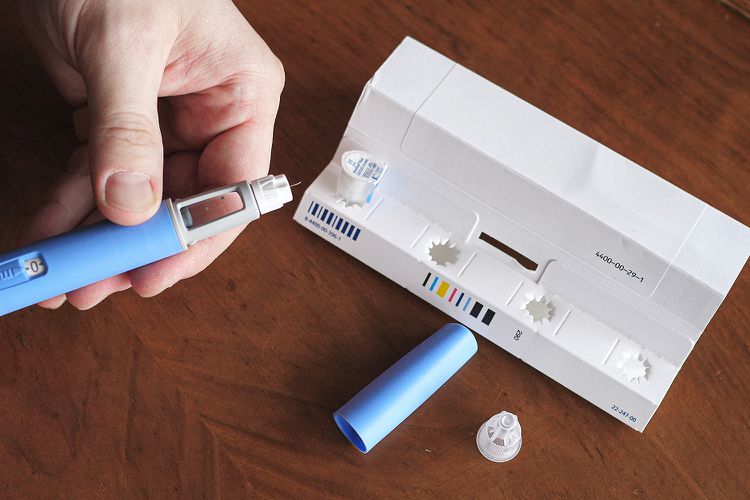
Doctors are sending out a warning after children as young as 10 years old are using drugs like Ozempic and wegovy
Ozempic is an FDA-approved prescription medication for people with type 2 diabetes while Wegovy is FDA-approved for chronic obesity. They’re brand names for semaglutide, a GLP-1 receptor agonist which works in the brain to impact satiety, and are the latest Hollywood weight loss trend.
A few of the GLP-1s have been approved for use in children as young as 12 years old who have obesity, and for children as young as 10 years old who have type 2 diabetes,” Dr. Kay Rhee — medical director of Rady Children’s Hospital’s medical behavioral unit — told Newsweek.
“[They’re] not used that widely for young children with obesity,” she added. “And we don’t know what the risks are for really young children because most parents and doctors don’t want to use these medications in children that young. We really don’t know what the long-term consequences are at this point.”
Additionally, Dr. Brian Erly, medical director of EDCare, explained that there are concerns with whether or not children are being evaluated thoroughly before these medications are prescribed.
“Children’s bodies grow and develop at different rates, and a child who develops later than his or her peers might have a high adjusted BMI,” he told the outlet. “Studies have shown that individuals who stop taking GLP-1s regain much of their previous weight, and so many people may take the medications for many years. The effects of long-term drug exposure in children whose bodies are still developing and growing might be different than that for fully developed adults.”
For example, there are dramatic changes in brain development that continue into the mid-20s, and our bones also don’t reach their maximum strength until well into adulthood,” he continued. “We don’t know how a caloric deficit caused by taking a GLP-1 would alter that development.”
A report earlier this year revealed that the number of young adults and adolescents being prescribed Ozempic and similar drugs has skyrocketed, rising 600% in a three-year period.
The study, published in the Journal of the American Medical Association, looked at the frequency of prescriptions being given to adolescents (defined as 12-17 years old) and young adults (18-25 years old
In 2020, 8,700 prescriptions were being written a month for patients in that age group. But by 2023, more than 60,000 adolescents and young adults were being prescribed these medications per month.
At the time, Dr. Joyce Lee, a University of Michigan pediatrician and diabetes expert, told the Associated Press “We really need to think about the long-term safety and effectiveness of these medications for this population.”







